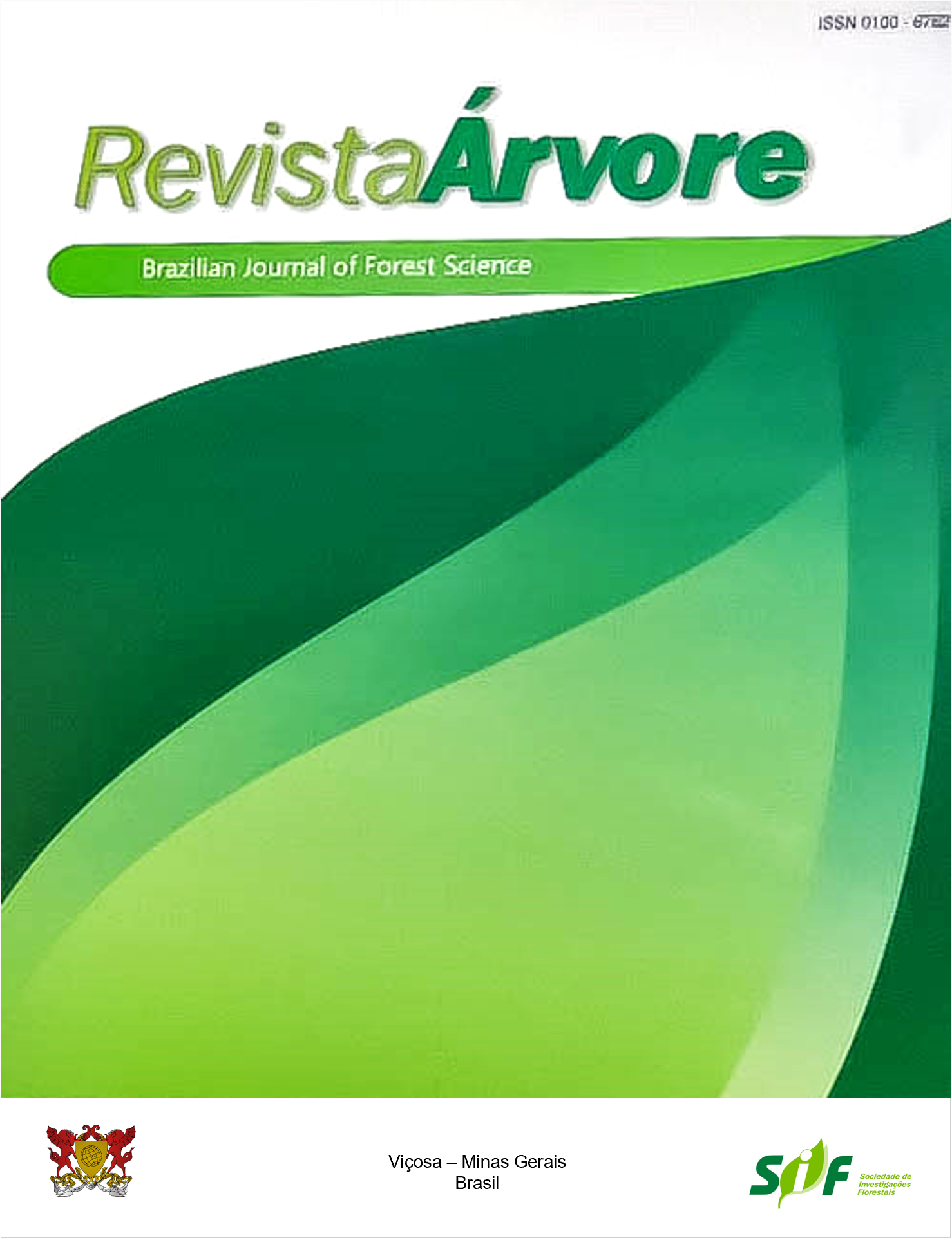GERMINATIVE PERFORMANCE OF MULUNGÚ SEEDS (Ormosia grossa Rudd) AFTER DORMANCY OVERCOMING
Keywords:
Amazonian species, Fabaceae, Integument impermeabilityAbstract
Ormosia grossa Rudd is an Amazonian species that presents bicolor seeds, allowing its exploration for handicraft and decoration making. This paper aimed to analyze the influence of different methods to overcome dormancy on the germinative performance of Ormosia grossa seeds. To conduct the experiment, the following treatments were established: T1= scarification with 80-grit sandpaper and water immersion at room temperature for 24 hours; T2= puncturing and water immersion at room temperature for 24 hours; T3= scarification with 80-grit sandpaper; T4= puncturing; T5= immersion in water heated to 80 ºC for five minutes, and T6= Control - seeds without any treatment. The seeds germinate slowly and irregularly. Depending on the treatment, germination started between 10 and 32 days and, if there is no adequate pre-germinative treatment to overcome dormancy, it can exceed such time. The phytomass performance and seedling lengths were superior in the T1 and T2 treatments. The scarification by abrasiveness and puncturing treatments are efficient to overcome dormancy, thus increasing the speed (3.76 and 3.12) and germination percentage (98% and 96%) after ten days. The control was 0.01 (IVG), and germination of 37%. Therefore, it is recommended the method of scarification with sandpaper followed by seed imbibition in water at room temperature for 24 hours, as it provides the best seedling performance and germination.
Keywords: Amazonian species; Fabaceae; Integument impermeability
Downloads
Published
How to Cite
Issue
Section
License
Copyright (c) 2021 Revista Árvore

This work is licensed under a Creative Commons Attribution 4.0 International License.
All authors agreed to submit the work to Revista Árvore and granted the exclusive license to publish the article. The authors affirm that it is an original work and has not been previously published elsewhere. The scientific content and opinions expressed in the article are the sole responsibility of the authors and reflect their opinions, not necessarily representing the opinions of the editorial board of Revista Árvore or of the Society of Forest Investigations (SIF).




